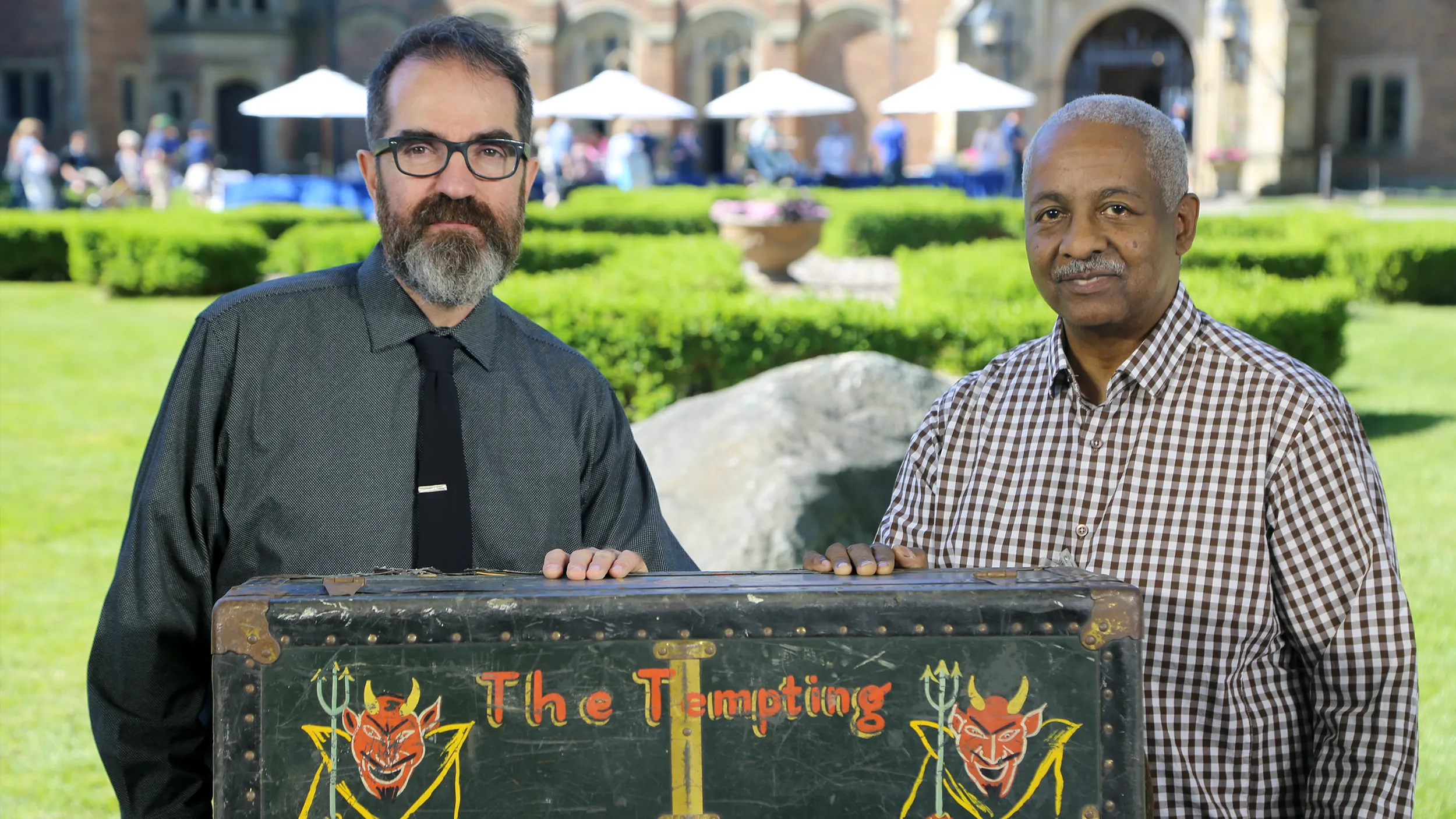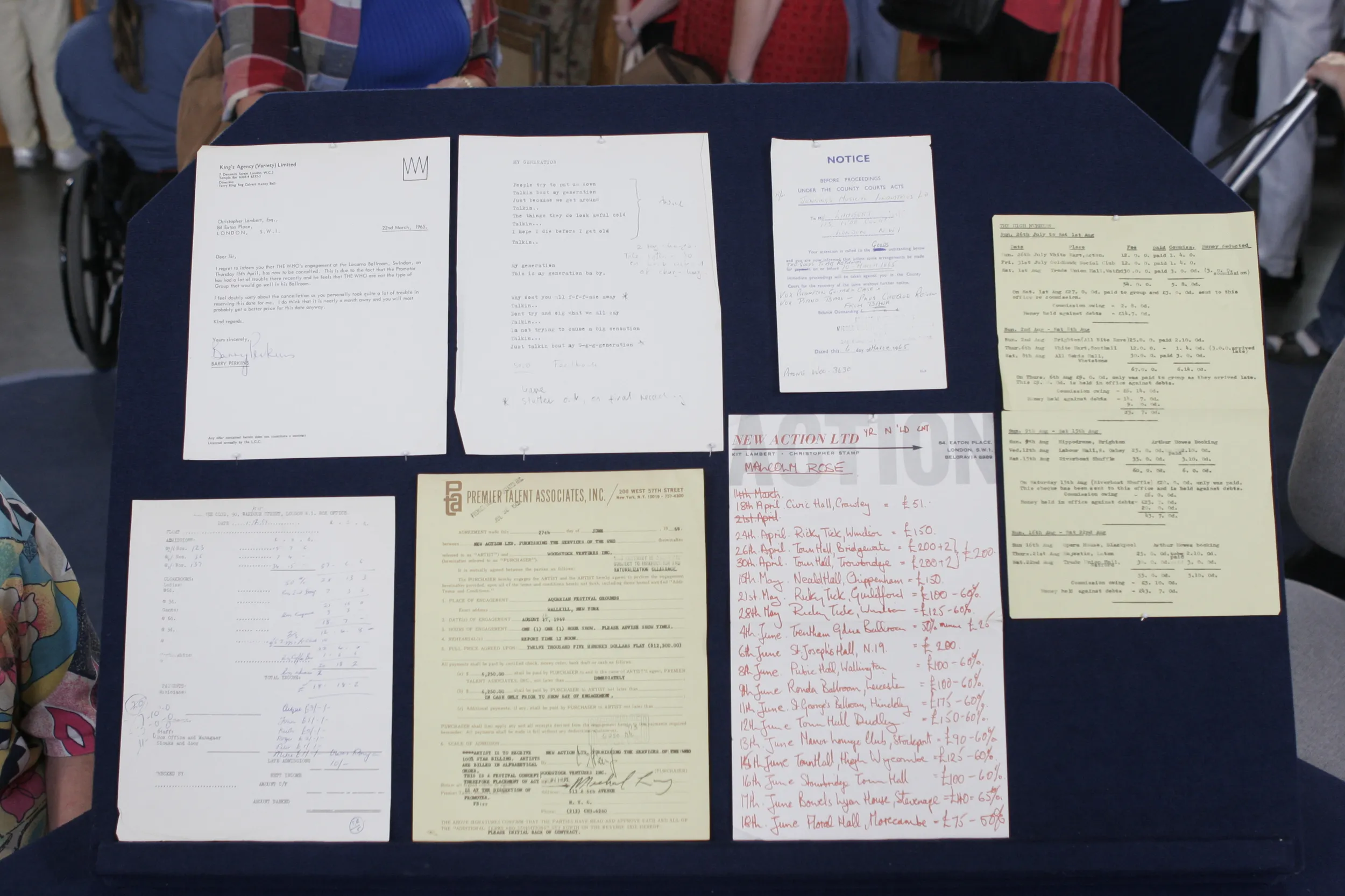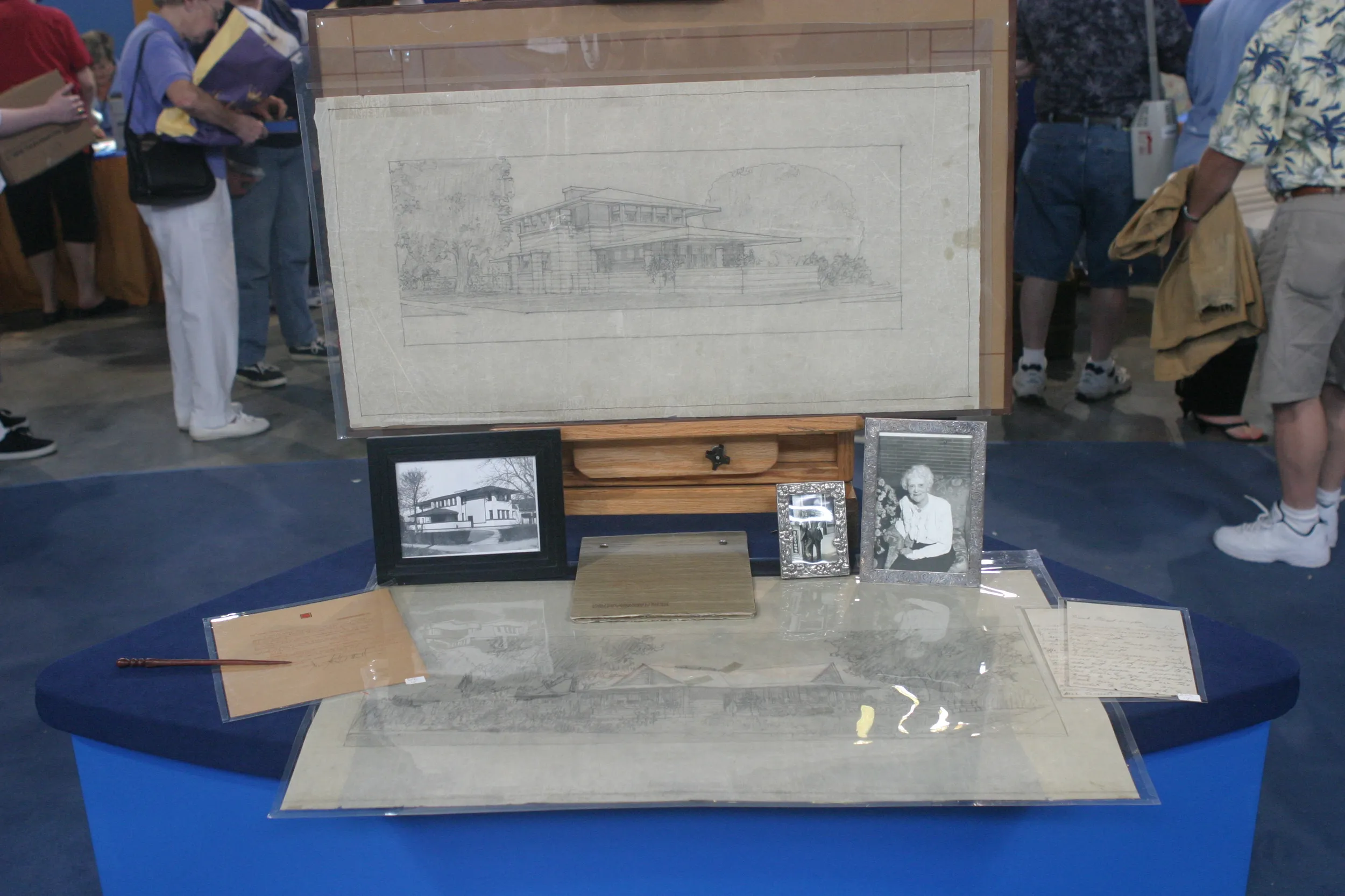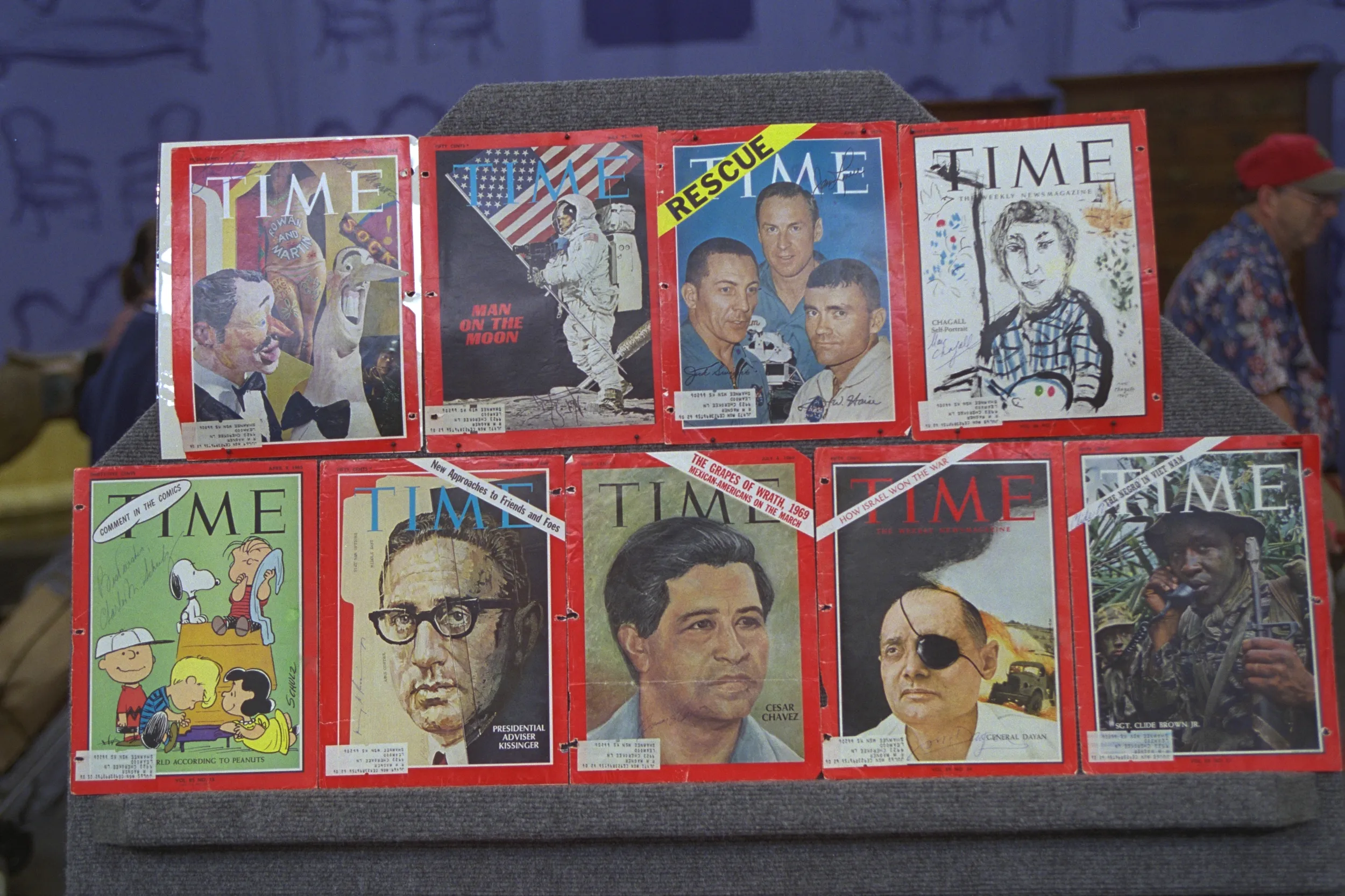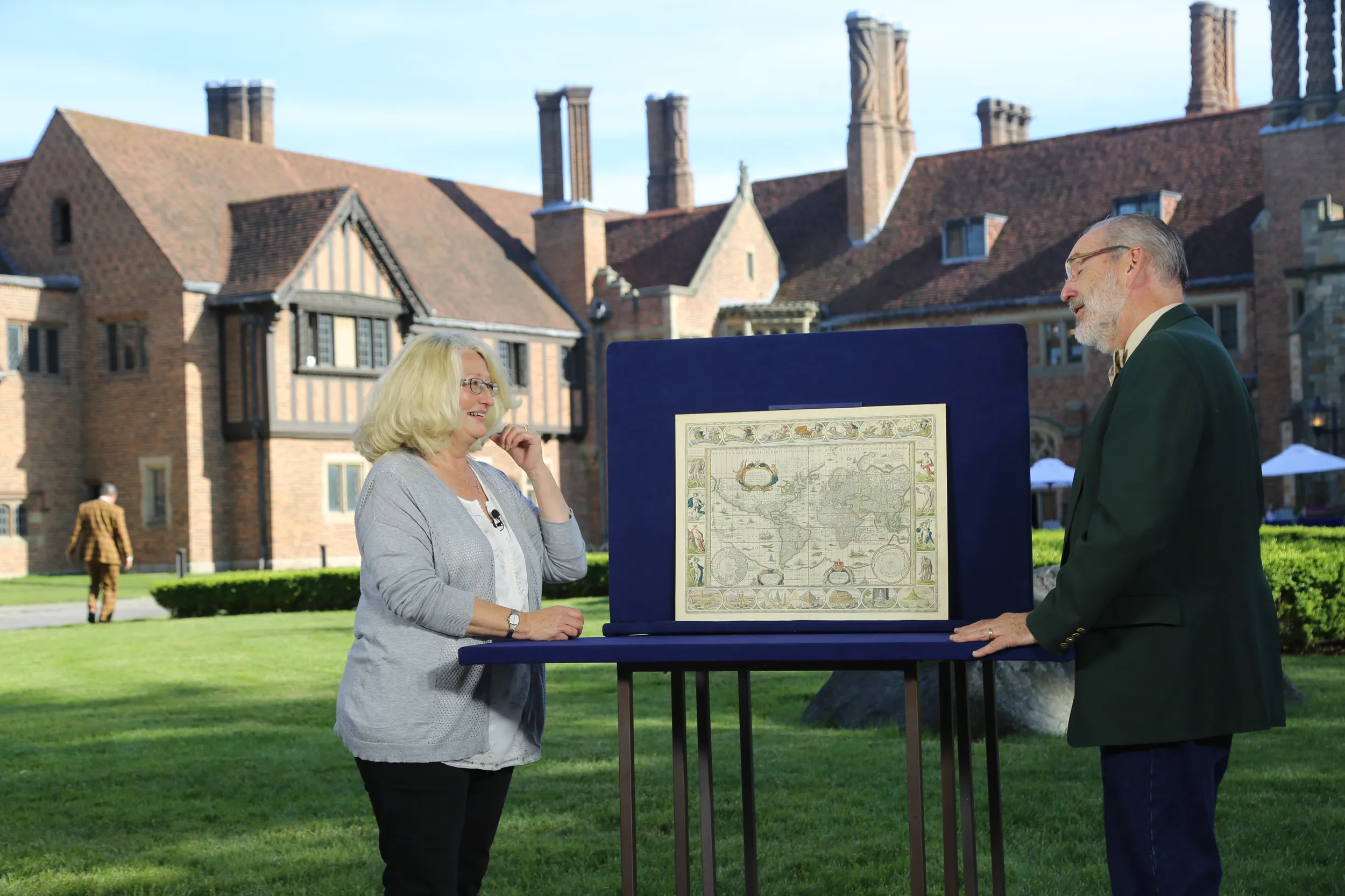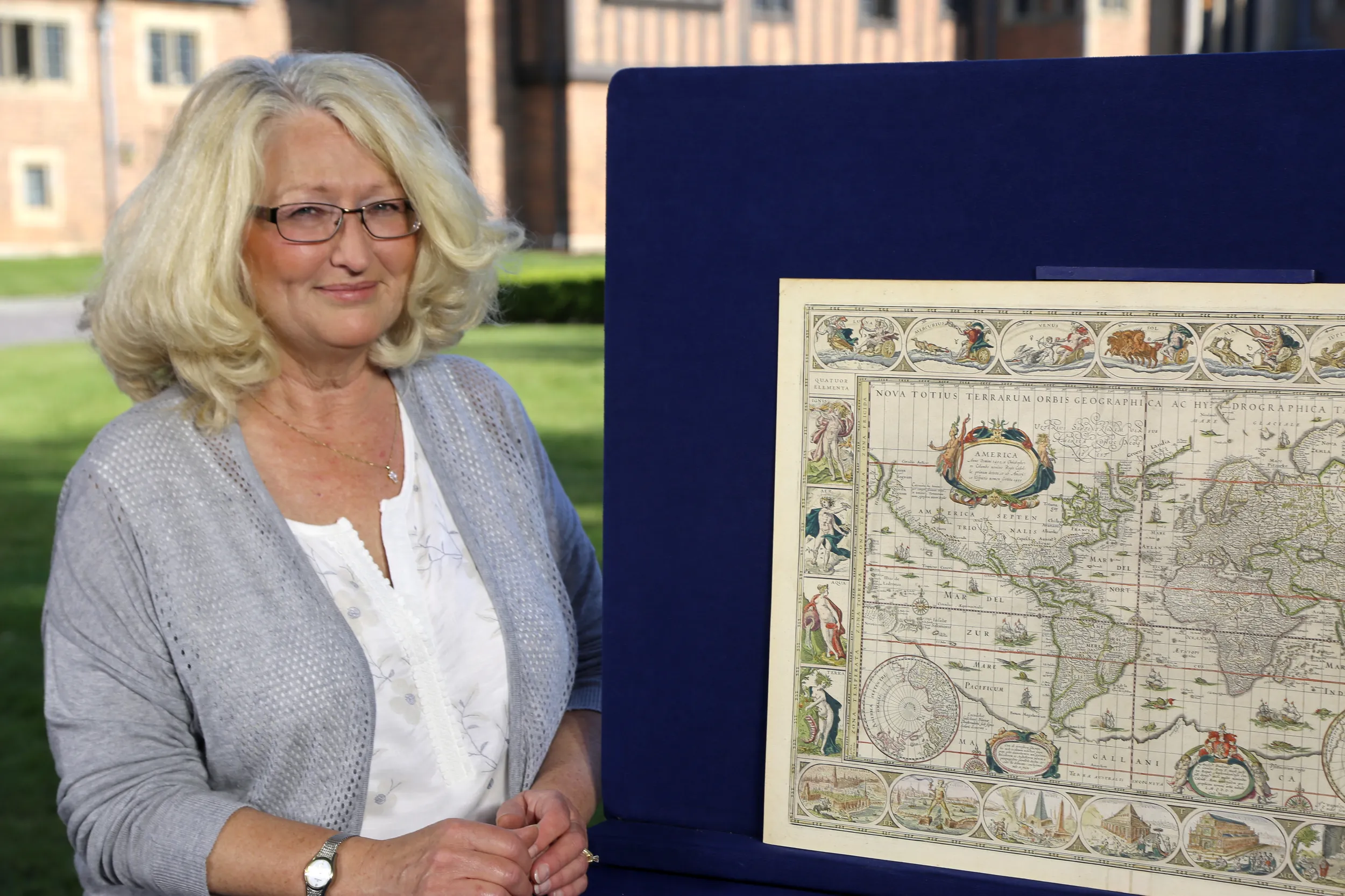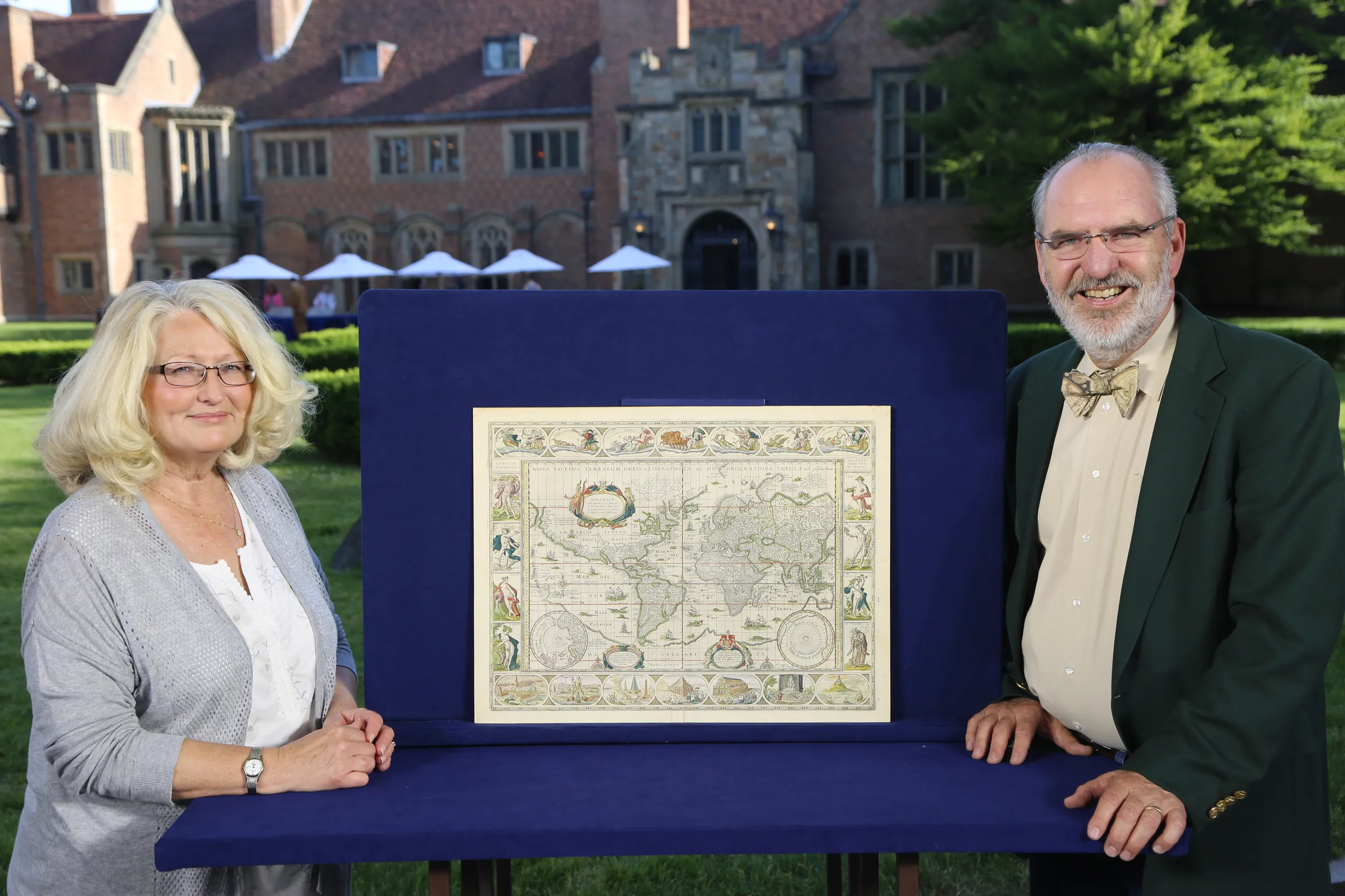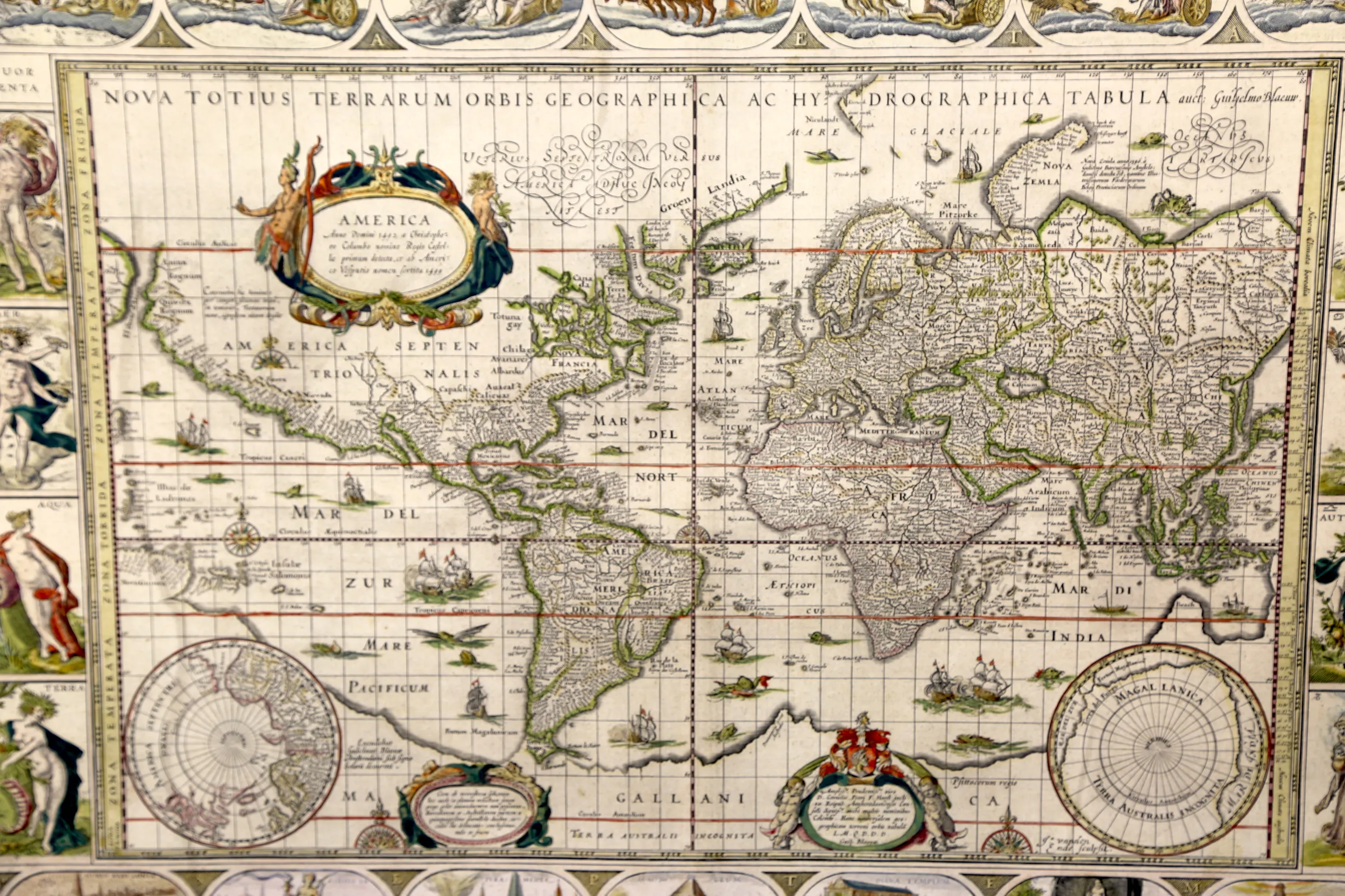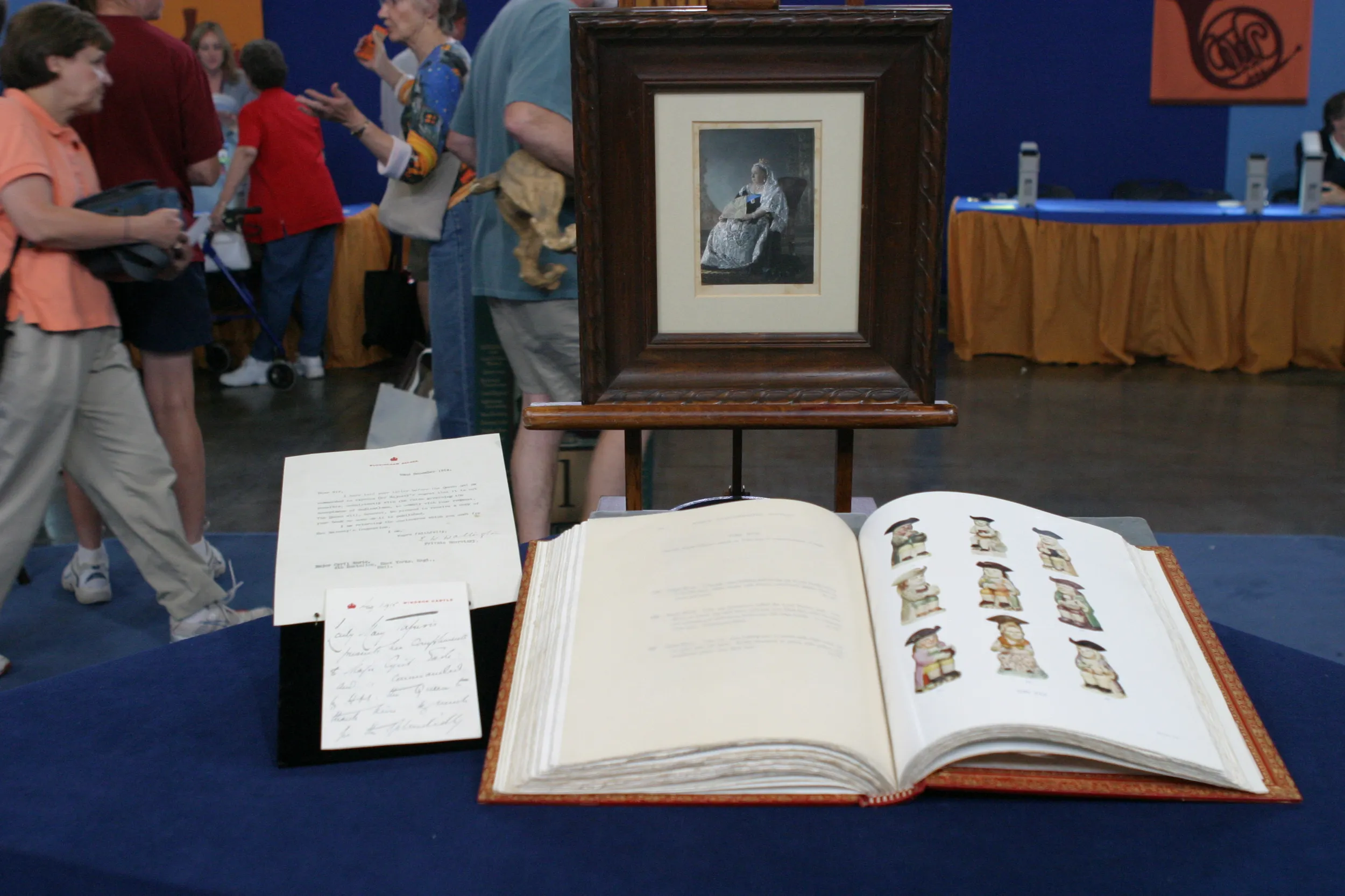GUEST: I got it about 15 years ago or so at a Goodwill store. I think it was under $20.
APPRAISER: Under $20, and why--why did you buy it?
GUEST: I thought it was very pretty.
APPRAISER: (laughing) Hey, that's a good reason. When you came in, you said something that warmed my heart, which is that you watch the ANTIQUES ROADSHOW.
GUEST: Yes.
APPRAISER: And what about watching ANTIQUES ROADSHOW made you have a question about the map?
GUEST: In order to be an authentic map, I guess, it has to have a fold or a crease. And I thought this one did, maybe. In the middle.
APPRAISER: Okay. And so you brought it in. You said, "I can't tell." It was in a frame.
GUEST: Right.
APPRAISER: Right? And, in fact, that's one of the first things I look at. The image of the map is by Willem Blaeu. And it is one of the most famous world maps there is. Now, that means there are lots and lots and lots of reproductions of it. I look at the center fold. Unfortunately, I looked at this, and I looked at it. And if you look up here, I couldn't see anything. I just, it looked as flat as a pancake. And I'm thinking, "All right, I guess it's a reproduction." I was going to let you down easy. But then I started looking, and if you look right up here, there's a ridge. And that is a plate mark. And it's a good-looking plate mark for being original, because it's very close to the image. Fake plate marks are usually farther away. So I'm looking, I'm saying, "Well, boy, that looks pretty good, but it looks flat." So I say, "Well, what do I gotta to do?" I gotta take it out. And what did we discover when we popped it out? It's glued down to a board. I can't see whether it's got a center fold. So what I did was, I took my finger, and I very gently rubbed it along the middle, and you can actually feel a bump. Okay? It looks flat because it's been glued down. There was a center fold there. Looking at that, looking at the plate mark-- it's an original.
GUEST: Wow.
APPRAISER: This is one of the great maps. It's from 1640. It's by a man named Willem Blaeu, down here. And it's got the date, which is 1630. That was the first year it was published. This could have been anywhere from 1630 to 1640. It was made in Amsterdam. The color is absolutely appropriate. I mean, it looks right. I'm quite sure it's right.
GUEST: Is that all hand-colored?
APPRAISER: That's hand-colored. It's an engraving. It would have been printed in black-and-white. And Blaeu was known for his hand-coloring. It's got everything map collectors want. So the value is quite a bit less than it would be if it wasn't laid down. Even in this condition, it's worth $10,000 in a shop.
GUEST: (laughing): Holy cow! Really? I'm shocked.
APPRAISER: (laughs)
GUEST: Is there any way of getting it off?
APPRAISER: There is a way of taking it off. It would probably run maybe... up to maybe $1,500, $2,000 to remove it. When you take it off, depending on how well it comes out, it could be worth anywhere from $12,000 to $14,000.
GUEST: Wow.
APPRAISER: (laughing)
GUEST: I'm shocked.

